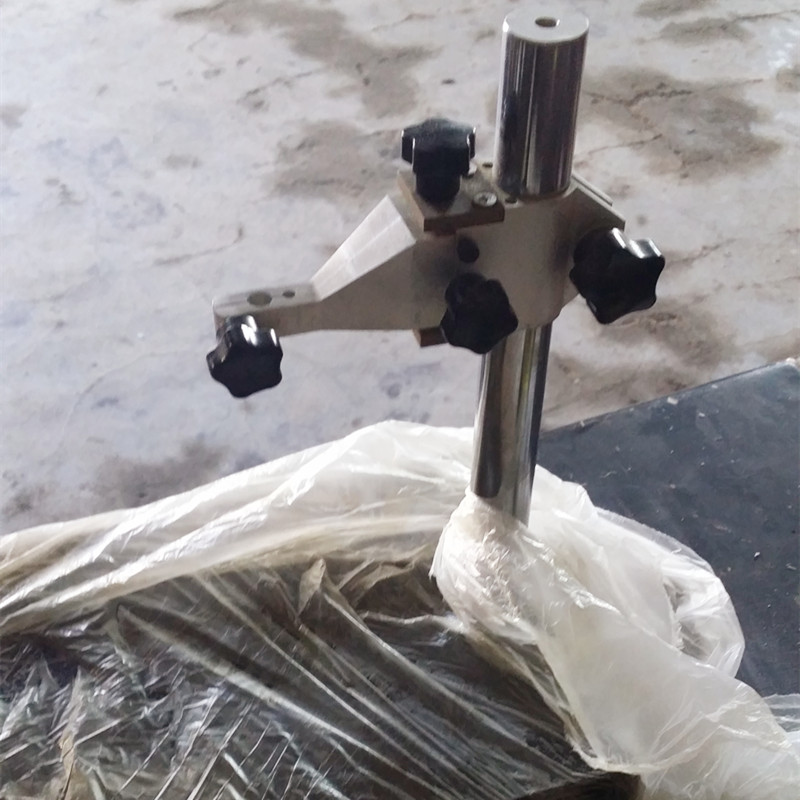Sep . 04, 2024 07:54 Back to list
water valve repair
Water Valve Repair A Comprehensive Guide
Water valves play a crucial role in the plumbing systems of both residential and commercial buildings. They control the flow and pressure of water, ensuring that your water supply remains reliable and efficient. However, like any mechanical component, water valves can wear out, malfunction, or become clogged over time. Understanding how to repair them can save you money and prevent more significant plumbing issues.
Identifying Water Valve Problems
The first step in repairing a water valve is identifying the problem. Common issues with water valves include leaks, irregular water pressure, and complete water shut-off. If you notice water pooling around the valve, hear unusual noises, or experience fluctuating water pressure, it’s time to investigate further.
Before you begin the repair, ensure you have the necessary tools on hand. Basic tools for water valve repair typically include a wrench, screwdriver, plumber's tape, and replacement parts such as seals or O-rings.
Steps to Repair a Water Valve
1. Turn Off the Water Supply Before starting any repair work, turn off the main water supply. This will prevent unnecessary water flow and minimize the mess.
2. Drain the Pipes Open faucets connected to the valve to drain any remaining water in the pipes. This makes the repair process much cleaner and easier.
3. Inspect the Valve Remove the valve cover using a wrench or screwdriver. Inspect the internal components, including seals and washers, for wear or damage. Look for any debris that may be obstructing the valve.
water valve repair

4. Replace Worn Parts If you find any damaged components, it’s essential to replace them. Take the old parts to a hardware store to find exact matches. Installing new O-rings or seals can often resolve leaks.
5. Clean the Valve If the valve is clogged with mineral deposits or debris, clean it thoroughly with a brush. This maintenance step can significantly improve its performance.
6. Reassemble the Valve After replacing worn parts and cleaning the valve, reassemble it carefully. Make sure all components fit snugly, which will help prevent future leaks.
7. Turn On the Water Supply Once the valve is reassembled, slowly turn the main water supply back on. Check for any leaks around the valve as the water pressure returns.
8. Test the Valve Functionality Finally, test the valve by adjusting its position to see if it properly regulates water flow. Ensure there are no remaining leaks, and check the pressure to ensure it operates smoothly.
Preventive Maintenance
To prolong the life of your water valves, regular maintenance is key. Periodically check for leaks and listen for unusual sounds. Regularly flushing the valves can also help prevent mineral buildup and ensure they function correctly.
In conclusion, understanding how to repair water valves can empower homeowners to take charge of their plumbing maintenance. By following these steps and performing regular checks, you can save money and avoid the hassle of costly plumbing repairs. Remember, if you ever feel unsure about a repair, don’t hesitate to consult a professional plumber.
-
Flanged Gate Valve: A Reliable Choice for Industrial and Municipal SystemsNewsAug.20,2025
-
Soft Seal Gate Valve: A Modern Solution for Reliable Pipeline ControlNewsAug.20,2025
-
Gate Valve Types: Understanding the Options for Your Pipeline SystemsNewsAug.20,2025
-
Y Type Strainer: Essential for Clean and Efficient Flow SystemsNewsAug.20,2025
-
Cast Iron Y Strainer: Durable Solutions for Demanding ApplicationsNewsAug.20,2025
-
Flanged Y Strainer: An Essential Component in Industrial Filtration SystemsNewsAug.20,2025
Related PRODUCTS









